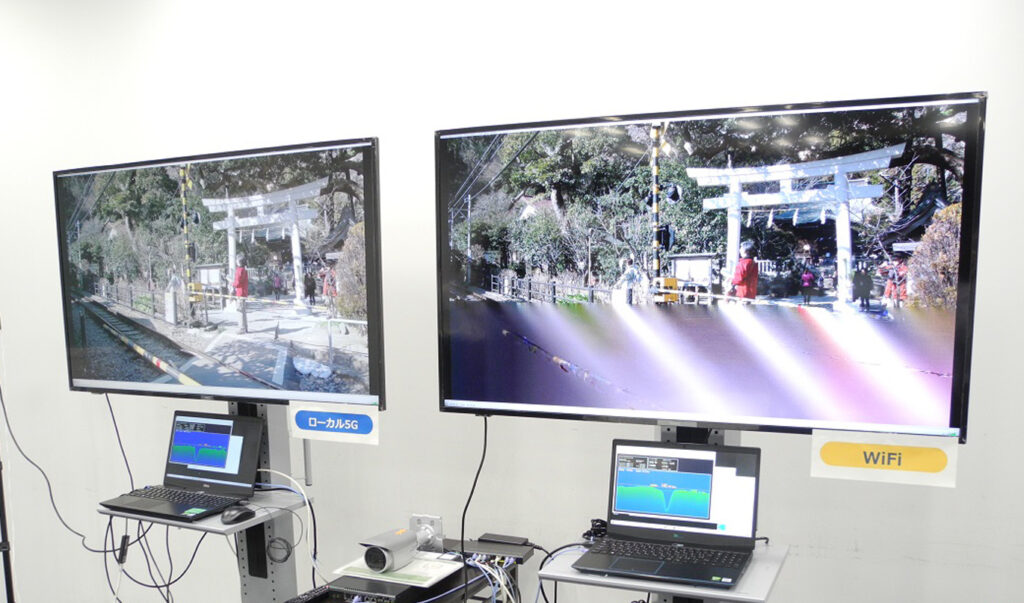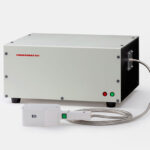ASIA ELECTRONICS INDUSTRYYOUR WINDOW TO SMART MANUFACTURING
Anritsu’s Lab Offers Local 5G Experience
Anritsu Corporation has opened ANRITSU 5G LAB, a facility that provides experience on communications measurement to those preparing for the introduction of local 5G. ANRITSU LAB is situated at the company’s head office in Japan’s Kanagawa Prefecture. Anritsu dubs the LAB as a local 5G environment where measuring instruments can be used, differentiating it to other local 5G experiencing facilities.
The LAB is installed with a base station in non-standalone (NSA) mode with a use frequency band of 28GHz (a millimeter wave band), which is used in combination with 4G. Long Term Evolution (LTE) is used for the connection and 5G handles transmission and reception of large-capacity data.

ANRITSU 5G LAB houses a lineup of field measuring instruments, including a spectrum analyzer, which evaluates interference of radio waves and safety; and of measuring instruments for local 5G, including a network tester, which measures communications delay time.
As services to LAB visitors, Anritsu provides presentations, for example, on market trends and challenges the company faced when establishing the LAB. Visitors can also try demonstration of actual measurement. Anritsu also makes the LAB available to customers to allow them to verify their devices connected to the base station. Trainings on measuring instruments owned by customers are also conducted.
To take advantage of 5G’s ability to send and receive large-capacity data at high speeds, the use of a millimeter wave (mmWave) provides significant benefits. However, high-frequency waves, including mmWave, have large wave attenuation and are difficult to pass obstacles, such as walls. When using local 5G inside factories, it is necessary to design a local 5G environment that takes into consideration effects of shielding objects inside the factory and layout of equipment. At ANRITSU 5G LAB, visitors can confirm changes in reception sensitivity using a spectrum analyzer when the horn antenna, which captures 5G waves, is covered with a plate.
ANRITSU 5G LAB also functions as a studio for promoting products. For example, it can be used as a venue to demonstrate and introduce products for local 5G, such as reflectors that lead radio waves to a specific direction.
There are few opportunities to realize effects of 5G compared with existing communications standards. At ANRITSU 5G LAB, communications through streaming by Wi-Fi and 5G can be compared. When the same content image is being transmitted, and traffic is increased by about 120Mbps to apply load, assuming actual mobile use conditions, it is found that 5G continues to send sharp image, while image sent by Wi-Fi is disturbed.

Anritsu also plans to establish a lab for sub6 (6GHz band) using the standalone (SA) mode operated solely using 5G. Anritsu eyes joint exhibition with partner companies of local 5G products and deployment of services to connect with business operators with similar labs through remote connection by 5G.




